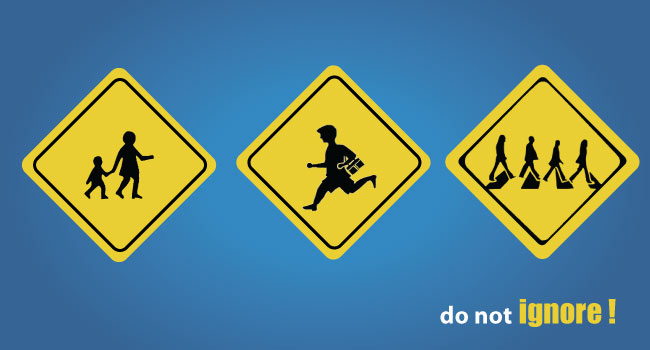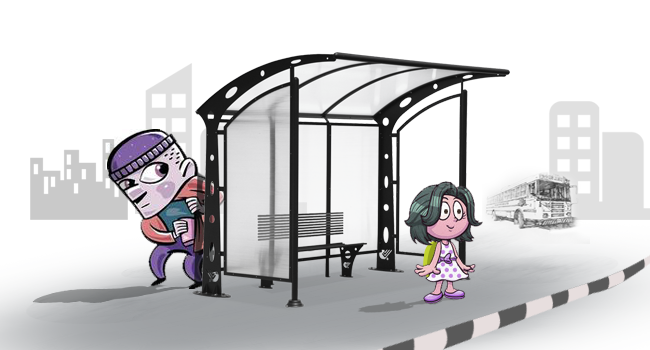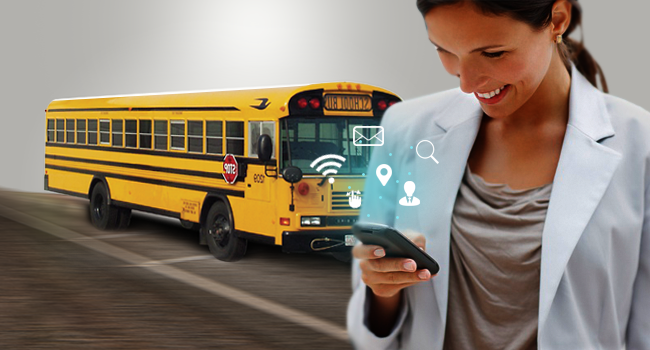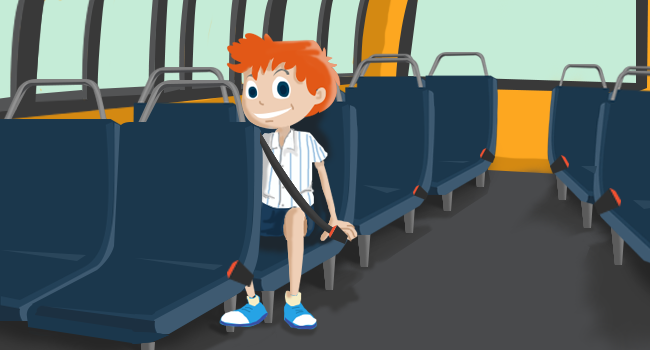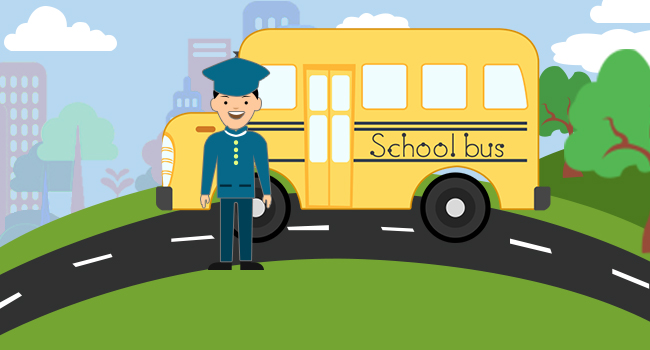Road safety is of great importance and it is essential for the healthy development of children. Children are most vulnerable to road accidents and injuries. This occurs due to lack of guidance and supervision by adults.
School transportation service is a strategic solution to issues related to student transportation. Even though school transportation is said to be safer, it is our responsibility to teach them the basic principles of road safety. Proper guidance should be given at the right time.
Why is Teaching Safety Rules Important?
Teaching road and school bus safety rules to children are important because of certain reasons. The behaviour of children is unpredictable. Hence, it is impossible to know exactly what they will do when they confront traffic.
Children are smaller and hence it is difficult for drivers to see them. Children usually get frightens if they find any vehicle moving towards them. They freeze for a moment. This makes the situation worse.
Children might be unaware of the safety precautions they ought to take while crossing road. Even an empty street is not devoid of dangers. It's wholly the responsibility of adults to make them understand safety precautions that they must take.
Let’s begin with the most basic concepts that every child must know:
- Explain what they must pay attention to and make them understand the consequences they face if they don’t
- Teach basic rules while being pedestrian
- Learn and obey traffic rules
- Be careful while walking through driveways and hidden or narrow passages
- Be aware of the dangers of crossing between parked vehicles
- Cross the road only through zebra crossings
- Avoid running between cars
- Never walk behind any vehicles
- Must look both ways before crossing the road
Children never think about vehicles once they get out of the classroom. Their eagerness often overrides their caution in traffic. Being physically smaller children are not easily seen by drivers hence they are more vulnerable to injuries. In this case, there are certain responsibilities for parents as well.
Here are some tips for parents to keep their children safely are:
- Hold their hands while crossing the road
- Make them wear conspicuous clothing
- Choose the safest place to cross
- Remind them to concentrate on the road as they may get distracted easily
- Always use the zebra crossing, teach them too
- Warn them to look out for cyclists or motorcyclists
- Ask them to observe traffic carefully so that they could cross the road whenever you are not with them
The school bus is one of the safest modes of transportation for students. But accidents can occur even when the child is waiting for the bus.
Parents can ask their children not to play near the road while they are waiting for the bus. Always assure that the child is waiting at the allotted bus stop.
While getting off the bus give them certain advice: get off the bus without pushing; after getting off the bus try not to wait near the road; wait till the bus has driven past and thus can see the road properly.
Here are some tips for school bus drivers to keep their students safe:
- Ensure children are away from the bus while picking up and dropping off them mainly before moving and while taking reverse
- If the streets are lined with bushes and trees, then be careful about neighbourhood kids
- Make sure the children are seated properly when the bus is running
- Always teach children to not to make noise when driving in a railroad crossing to hear the train alerts
- Ensure children don’t put heads, hands or any object outside the window
But not only parents and drivers are responsible, children are too responsible for their safety. They must obey certain things while going on a school bus.
Here are some school bus safety tips for children they must aware of:
- Maintain a minimum distance from the bus until it stops and the driver indicates you to enter
- Always make use of handrail while entering and exiting the bus
- Keep aisles of the bus clear
- Obey all the instructions given by the driver
- Don’t wait for the bus in the street instead wait on the sidewalk
Whenever a child accident occurs, most of the time fault is with the child. This points us to the fact that teaching the basic principles of road safety is very much necessary. Hence, it is the responsibility of the parents and teachers to guide and supervise them appropriately.
Remember the fact: Saving a child is similar to saving a family
